Call to Schedule Free Consultation at Over 45 Centers Worldwide!
Call to Schedule Free Consultation at Over 45 Centers Worldwide!

Postlaminectomy syndrome is also known as failed back surgery syndrome, and it is a medical condition usually suffered by patients who have undergone medical procedures like back surgeries.
The lamina is a part of the vertebrae (bones that make up the back), and it provides support and attachment to several ligaments of the back. It also forms the roof of the spinal cord. A laminectomy is the surgical removal of this part of the vertebra, often in conditions where it compresses the spinal cord or other nerves and causes pain.
Depending on the areas affected, a laminectomy can be carried out on any of the vertebrae of the back. Recovering from a laminectomy can take anywhere between two weeks to four months, depending on how severe the condition was and the extent of the surgery
So postlaminectomy syndrome is a condition suffered by people who have had laminectomies, as the name suggests. The hallmark of the postlaminectomy syndrome is back pain. However, even though postlaminectomy syndrome follows a laminectomy procedure, it is not caused by the procedure itself.
Several factors contribute to its onset, including
There are also non-skeletal causes of postlaminectomy syndrome like
Since a laminectomy procedure is not a direct cause of postlaminectomy syndrome, the procedure isn’t the only risk factor. However, for a patient to be diagnosed with postlaminectomy syndrome, they need to have had a laminectomy. According to https://www.ahrq.gov, about 500,000 people undergo back surgery every year in the united states. Of these people, about 20% of them report postoperative pain.
This means that two out of every ten laminectomy patients are predisposed to postlaminectomy syndrome. However, low back problems are very difficult to resolve and often require a combination of several medical techniques. When you add surgery to the mix, this increases the odds of an occurrence, as well as the difficulties associated in resolving it (more on this later).
The reason for the prevalence of this syndrome is not so farfetched. According to research, it’s not uncommon to experience postoperative pain, regardless of the surgery. That is excluding other pathological conditions. With this information, it is clear to see why postlaminectomy syndrome is so prevalent, and why there are so many people predisposed to it.
Apart from the causes listed above, several habits and behavioural patterns can also contribute to the development of postlaminectomy syndrome. Some of them include:
The symptoms of postlaminectomy syndrome often mimic the underlying pathology. This means that whatever symptoms the patient feels are usually in relation to whatever is causing the pain. For example, if a postlaminectomy syndrome is caused by spinal disc herniation, a patient is likely to experience symptoms like tingling sensations and weakness. On the other hand, if the syndrome is caused by post-operative pressure, the individual may experience neuropathic pain.
However, regardless of cause, general symptoms associated with the condition include:
In almost all the causes of this condition, there are nervous tissues affected. They are either being compressed, as in the case of stenosis, or they are being stretched, as in the case of joint hypermobility. The symptoms will be increased whenever the patient does activities that increase the effect of this compression or stretch.
For example, bending down to pick up something from the floor may lead to severe pain because the action compresses the nerves even more. Additionally, “opposite actions” tend to relieve the pain, like stretching compressed nerves.
The diagnosis of postlaminectomy syndrome is the same as with many other medical conditions. It can only be diagnosed by detecting the underlying condition. Since it is a postoperative condition, it often gets diagnosed by surgeons. You’ll remember that the term ‘postlaminectomy syndrome’ is a blanket term for pain that follows a laminectomy procedure. As a result, naming the condition isn’t nearly as important is getting to its root.
If a patient experiences back pain after back surgery, they are said to have postlaminectomy syndrome. But what kind? In the process of getting to the root of the problem, the doctor will often employ various medical techniques form physical examination to x-rays, MRIs and other tests. While an x-ray may be sufficient to diagnose pain caused by spinal stenosis, an MRI will be needed to detect a disc hernia.
There are several treatment options available for patients suffering from postlaminectomy syndrome. The treatment appropriate for each condition depends on the cause, as identified in the diagnoses. Some of the treatment options include the following
Some causes, like disc hernias, usually resolve on their own with sufficient rest. So the first recommended treatment is usually rest. Whatever doesn’t resolve on its own is usually referred to other forms of intervention.
If the condition has an operable cause, surgery may be the best option for treating it. Stenosis falls into this category. However, because the patient has just undergone a laminectomy, this option may not be the first consideration
Patients that undergo surgery of any kind are usually referred for physical therapy for several reasons. Besides the fact that physical therapy can help restore bodily functions to the way it used to be, it can also help cope with pain and discomfort.
As a result, physical therapy is also recommended for people suffering from postlaminectomy syndrome. There have been several types of research on the effectiveness of physical therapy in managing postlaminectomy syndrome, and quite a few of them report some favourable reports
Analgesics are often used in collaboration with other treatment means as a way to help patients cope with the pain. Because the major symptom of the condition is pain, it is usually one of the first issues that doctors try to address, to help the patient lead a normal life.
Additionally, for causes like depression and anxiety, medication is also helpful because it helps address the underlying conditions.
Electrical stimulation is a treatment modality used to treat several forms of pain. The way it works is that the machine sends signals that replace the pain signals sent to the brain, and these reduce the amount of pain and discomfort that the patient experiences.
As mentioned earlier, most back pain conditions are very difficult to manage, and will often require a combination of several treatment modalities. However, the right diagnosis and treatment modalities employed, people suffering from postlaminectomy syndrome can lead full and productive lives.
Brand Ambassador Gallery
The USA stem cell leader offers procedures in
7 Countries including:
SUCCESS STORIES
R3 STEM CELL MASTER CLASS
Learn everything you need to know about the ever expanding field of regenerative medicine in this 8 part series that includes over four hours of entertaining content!
R3 STEM CELL INTERNATIONAL
R3 Stem Cell International includes 45 clinics in 7 countries. These Centers of Excellence treat all types of conditions with safe, effective protocols by expert stem cell physicians.
FREE STEM CELL CONSULTATION
R3 Stem Cell offers a no cost consultation to see if you or a loved one is a candidate for regenerative cell therapies including cytokines, growth factors, exosomes, and stem cells.
PROVIDER PARTNERSHIP
The R3 Partnership Program offers providers an all-in-one regenerative practice program including marketing, consultations and booked procedures!
The information provided by R3 Stem Cell is not a substitute for professional medical advice, diagnosis, or treatment. Individual results may vary and only your medical professional can explain all the risks and potential benefits of any therapy based on your circumstances. R3 Stem Cell does not recommend or endorse any specific tests, products, procedures, opinions, or other information that may be mentioned on this website. Reliance on any information provided by R3 Stem Cell, its employees, others appearing on this website at the invitation of R3 Stem Cell, or other visitors to the website is solely at your own risk. R3 Stem Cell is not responsible for the outcome of your procedure. The FDA considers stem cell therapy experimental at this point.







CALIFORNIA
FLORIDA
GEORGIA
HAWAII
IDAHO
ILLINOIS
INDIANA
IOWA
KANSAS
KENTUCKY
LOUISIANA
MARYLAND
MASSACHUSETTS
MICHIGAN
MINNESOTA
MISSISSIPPI
MISSOURI
NEBRASKA
NEW JERSEY
NEW YORK
NEW MEXICO
NEVADA
NORTH CAROLINA
OHIO
OKLAHOMA
OREGON
PENNSYLVANIA
RHODE ISLAND
SOUTH CAROLINA
SOUTH DAKOTA
TENNESSEE
The USA stem cell leader offers procedures in
7 Countries including:
Copyright © 2017-2024 R3 Stem Cell. All Rights Reserved.